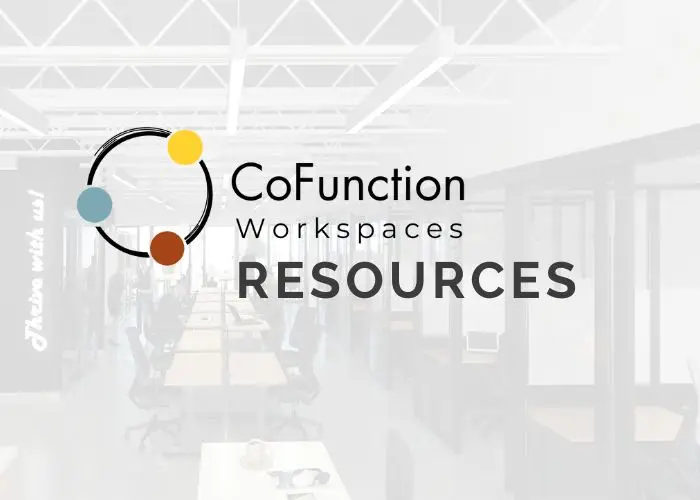Virtual office spaces are increasingly popular among businesses looking for flexibility and cost efficiency. These spaces provide the amenities and prestige of a traditional office without the associated overheads. This article explores the intrinsic value of virtual offices, weighing their benefits against potential drawbacks.
What is a Virtual Office?
A virtual office grants businesses a range of services such as a professional address, mail handling, and access to meeting rooms—all without the need to maintain a dedicated physical space. Ideal for freelancers, remote workers, and companies looking to enter new markets, virtual offices blend the physical and digital aspects of business seamlessly.
The Origins of Virtual Office Space
The concept of virtual offices emerged in the early 1990s, responding to the need for more flexible work arrangements. Enhanced by the rise of the internet and digital communication tools, virtual offices have evolved to become a cornerstone of modern business operations, providing a mix of remote and on-site services.
What Does a Virtual Office Provide?
Key offerings of virtual offices include:
- Professional Business Address: Enhances your business’s credibility.
- Mail Handling and Forwarding: Ensures secure and efficient management of your business correspondence.
- Meeting and Conference Rooms: Facilities available on-demand for client meetings or team gatherings.
- Communication Services: Includes dedicated phone lines and receptionist services.
- Administrative Support: Access to virtual assistants and other essential office functions.
Types of Virtual Offices
Virtual offices vary widely—from basic mail-handling facilities to comprehensive packages that include full administrative support and access to physical office amenities. The choice largely depends on a business’s needs, from startups needing minimal services to established firms requiring robust support.
Advantages and Disadvantages of a Virtual Office
Advantages
- Cost Savings: Substantially lower costs compared to traditional offices.
- Increased Flexibility: Ability to scale business operations without being tied to a physical location.
- Professional Image: Maintains a prestigious business address and professional front.
- Operational Efficiency: Frees up time and resources by eliminating the need to manage a physical office.
Disadvantages
- Lack of Physical Presence: May not suit businesses that need a constant physical presence.
- Isolation: Potential to impact team dynamics and employee engagement negatively.
Why Should I Utilize a Virtual Office?
Businesses benefit from virtual offices through:
- Lower Overhead: Reducing the cost of physical space.
- Strategic Presence: Establishing a footprint in prime business locations without actual relocation.
- Support for Remote Work: Enabling a distributed workforce while maintaining organizational cohesion.
How Much Are Virtual Office Spaces?
The investment in a virtual office depends on the location, level of services, and the prestige of the address, ranging from around $50 to several hundred dollars per month. This variability ensures that there is likely a virtual office solution to fit various budgets and business models.
How to Set Up a Virtual Office
Setting up involves selecting a provider, choosing a service package, and usually signing a flexible service agreement. Some basic documentation may be required to establish the business’s legal and operational base.
In conclusion, virtual offices offer significant advantages for businesses looking to optimize costs and enhance flexibility. They are particularly valuable for small businesses, startups, and global companies looking to test new markets. Evaluating whether a virtual office is worth it depends on your specific business needs, operational style, and growth objectives.









